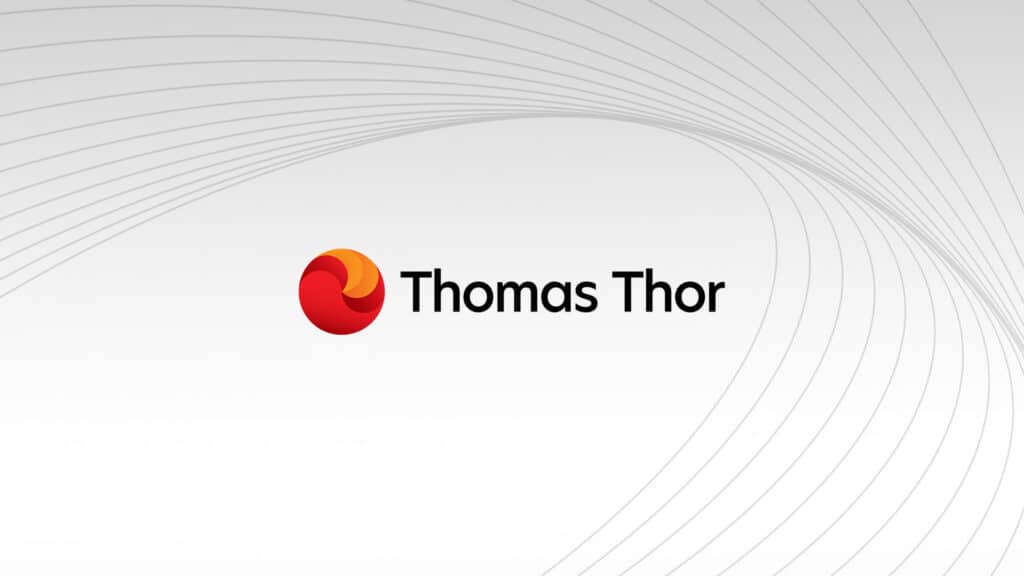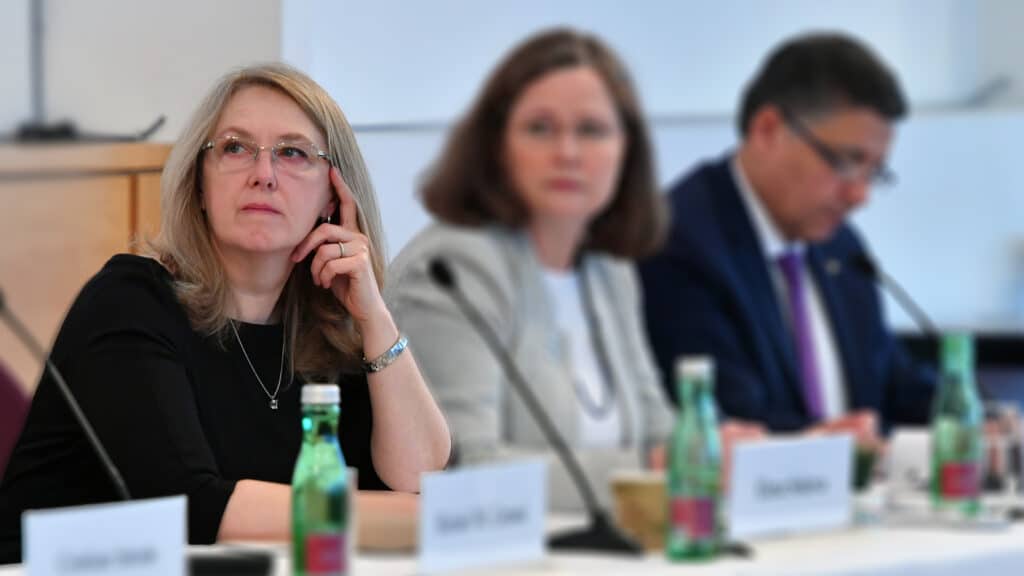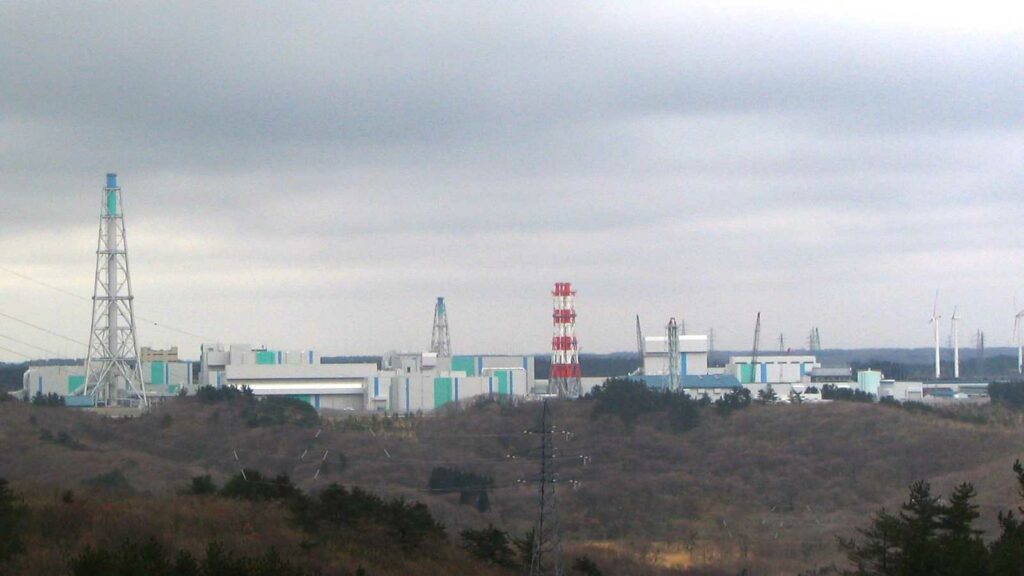Clean Energy: Why is it important to talk about (nuclear) waste?

10 May 2021
Dr Tomasz P Majchrowski BSc (Hons) CChem
Tom holds a PhD in physical chemistry from the University of Aberdeen in Scotland and has been awarded a status of a Chartered Chemist by the Royal Society of Chemistry. His professional experience is in the management of nuclear waste, spanning from science and technology of treatment and packaging of nuclear waste to managing multi-disciplinary projects in a highly regulated environment. Currently, Tom is Decommissioning Programme Manager for Urenco Group, coordinating activities to responsibly manage nuclear legacy across four operating sites. Early, in his career Tom became interested in public engagement starting as a voluntary science show demonstrator, bring live chemistry to schools in remote areas. His passion developed to actively contribute and engage in a global conversation about the role of nuclear energy in the clean energy matrix.
It is generally accepted that having a clean environment, whether it is a workplace, a living space, or a natural space will make us feel good. However, the process of achieving a clean environment is often a difficult task that would be best delegated to a specialist. It is not often that an activity – whether it is a meal, a bike trip, a house renovation project, or the construction of a critical infrastructure – is planned around considerations of waste. However, it is the waste that would be most definitely the long-lasting effect of that activity.
Is it the time to change?
Anthropogenic processes are by default unclean, they generate some material as a by-product – it does not matter whether it is a gas, liquid or solid – that is not wanted and not compatible with the natural environment. Thankfully, the natural environment appears to demonstrate an intrinsic capacity to counteract human activity and maintain an equilibrium. However, as a lot of evidence would suggest, this capacity is finite, like a dustbin (unfortunately the environment does not have the comfortable option of refuse collection!) Consequently, a shift may occur, resulting in a new position of that equilibrium and a different environment from what is known today.
Is it possible to be 100% clean?
There is no limit what innovation and creativity can achieve. However, there is a balance between maintaining and developing human life whilst being responsible towards the environment. Therefore, it comes as no surprise that efforts to reduce the impact of human activity on the environment are gaining pace, for example the Paris Agreement[i] as a driving force to limit emissions.
A prime example of fixing the impact of human activity on the environment is the pursuit of an energy source that would limit damage to the environment whilst satisfying ever-growing energy demand. The European Union’s Green Deal Clean Energy Policy[ii] is a framework that aims to facilitate that. The focus is placed on decarbonising the energy system by utilising renewable energy sources. However, flagship commitments made by the Policy miss out on the issue of waste.
Is the Clean Energy Policy bold enough in defining what clean energy is?
Carbon emissions are essentially waste. They are unwanted products of a process aimed to deliver a desired product – in this case the energy in a form of electricity. Waste from electricity production is not limited to carbon emissions, it also includes waste generated during sourcing of materials that will be used in the manufacture of components of the process, installation of the process, its maintenance, and its eventual decommissioning. Therefore, the complete life-cycle of the process to generate the electricity should be considered in de-wasting the energy system by utilising an energy source with least total environmental impact per energy unit produced.
Perhaps an improvement could be an energy source created by an industry that is actively conscious about the waste it produces and the impact it has on the environment.
Consider nuclear energy. Uranium, used in the fission process, presents a source of incredibly high-density energy. The process of using uranium as a fuel is a lot more efficient than that of many renewable energy sources. It produces a comparable amount of carbon emissions per energy unit to wind power and a lower amount of carbon emissions per energy unit than solar energy[iii]. Unlike solar energy or wind power, uranium is mined and therefore it is not renewable, but it can be reused in a closed fuel cycle. Admittedly, the waste produced from uranium fission process – nuclear waste – presents a hazard in a form of ionising radiation. However, the amount of nuclear waste produced is a fraction compared to the amount of industrial waste produced overall.
For example, in the UK it is estimated that the total inventory of nuclear waste (including forecast to 2125) is 4.9 million tonnes, and only 0.49 million tonnes is higher activity waste. In comparison, all hazardous wastes produced in the UK total around 4.3 million tonnes per year.[iv]
Talking about waste can be a half-taboo-half-chore topic. However, for the nuclear industry waste is a topic that drives excellence, enables innovation, and demonstrates responsible approach to producing energy. The nuclear industry has developed effective capabilities to contain and isolate nuclear waste in safe and passive forms. Extensive research and development[v] programmes are ongoing to construct a permanent safe and secure solution for nuclear waste by geological disposal; Finland is for example leading the way[vi]. Integrated waste management approaches and the waste hierarchy are simple and yet clever frameworks used in the nuclear industry to reduce the amount of unwanted materials being created, as well as to re-use and recycle them when possible. This conscious and responsible waste management expands beyond nuclear waste and it is often ingrained in habits of nuclear workers and translated to their personal lives.
To make progress towards de-wasting the environment it is essential to openly talk about waste and take action. The nuclear industry has quickly learned lessons from its experience and is an environmentally conscious industry with plenty of good practise to be shared. Sure, there is a place for nuclear energy in the clean energy mix!
[i] The Paris Agreement, United Nations, December 2015, https://www.un.org/en/climatechange/paris-agreement
[ii] The European Green Deal – Clean Energy, European Commission, December 2019, https://ec.europa.eu/info/strategy/priorities-2019-2024/european-green-deal/clean-energy_en
[iii] Steffen Schlömer (ed.), Technology-specific Cost and Performance Parameters, Annex III
of Climate Change 2014: Mitigation of Climate Change. Contribution of Working Group III to the
Fifth Assessment Report of the Intergovernmental Panel on Climate Change (2014)
[iv] 2016 UK Radioactive Waste Inventory, Nuclear Decommissioning Authority, March 2017
[v] European Joint Programme on Radioactive Waste Management – CORDIS, European Commission, https://cordis.europa.eu/project/id/847593
[vi] POSIVA, https://posiva.fi/en/
Share this article
Related articles
Help us grow and achieve your potential at a values-driven business.




